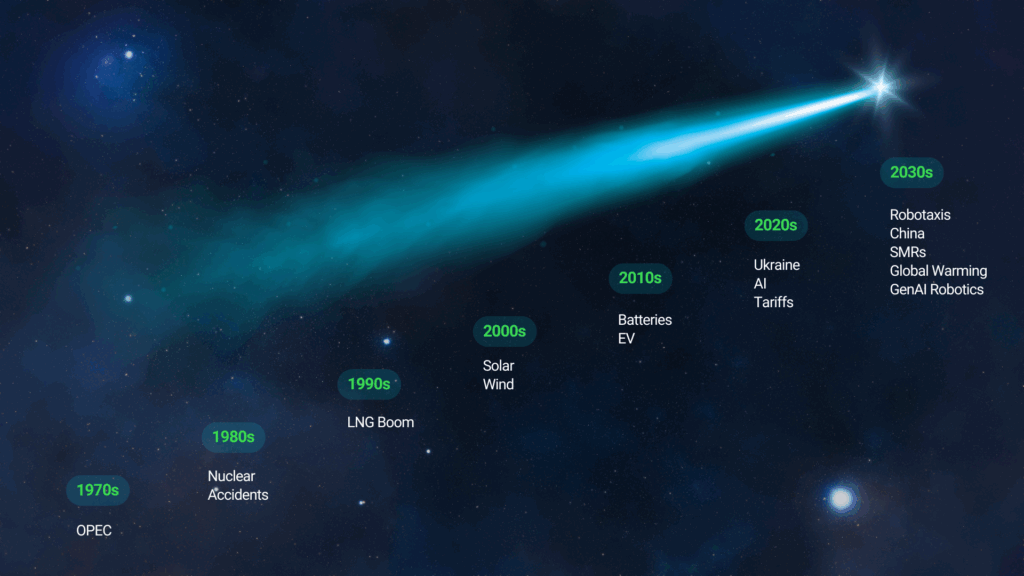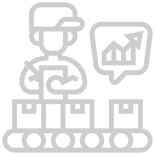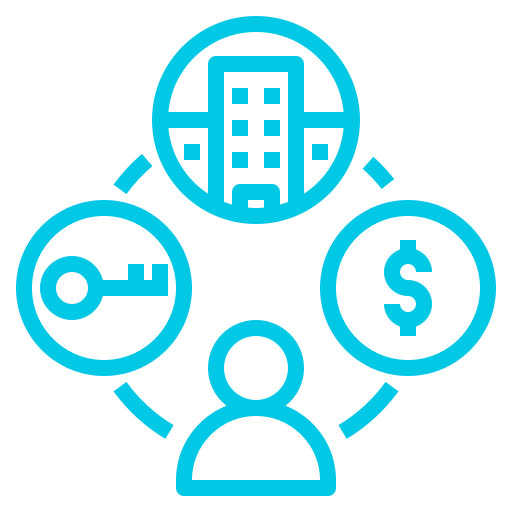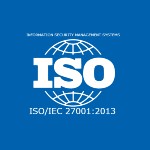Responding to disruption: navigating the pace of change in today’s energy landscape
Posted by | Michael Ratcliffe
We’re seeing a radical shift in the dynamics of global markets and the energy market is no exception. But it’s important to understand not just what is changing, but how fast it’s changing. Under these new market dynamics, the velocity of change has become a defining challenge across every part of the energy industry—complicating how the energy industry navigates disruption, makes decisions, and responds to increased near-term uncertainty.
Two to three decades ago, major market disruption occurred over the span of decades. Today, this velocity of change has accelerated dramatically, with major shifts happening within just a few years, if not months, signaling a quantum shift in the dynamics of markets. This acceleration is reshaping how companies approach strategic planning in the energy sector, particularly in complex, interconnected sectors like the global energy market, where leaders face the dual challenge of managing both the accelerating pace of change and its growing complexity. New entrants are appearing virtually overnight, driven by radical technologies that weren’t even on the radar 20 years ago, including AI, autonomous processes, and cloud computing. These forces are emerging alongside more traditional market pressures such as tariffs, military conflicts in the Middle East and Ukraine, and shifting energy market regulations.

Velocity of Change in the Global Energy Market
In response, businesses need to reassess the strategic planning tools they use and identify those which will help counter these challenges. Long-range Scenario Planning, pioneered by Shell in 1965, has been an essential tool for energy businesses for over three decades, but today, when disruptive technologies can emerge and scale in under five years, looking 5 to 25 years ahead offers limited value, potentially even rendering long-term analysis obsolete. Instead, markets at risk from radical new technologies need to start focusing their future thinking on a timeframe of 2 to 5 years. As short-term strategy tools, strategy workshops can provide agility without sacrificing depth.
Technology-driven disruption
The results of these highly disruptive technologies are likely to be profound. GenAI, for example, is already impacting the demand for lower-level entry jobs, with reductions of 20%—40% being reported across industries. In the short-term, the loss of these types of jobs is likely to reduce the demand for personal cars, and increase demand for far cheaper forms of mobility. In the medium-term, possible solutions could be the Robotaxi, cheap self-driving micro cars, or electric bikes. But will this in turn accelerate the switch to EVs and away from gasoline or diesel drivetrains, radically impacting global supply chains for ICE technology? The impact of GenAI on the energy sector goes beyond automation—it’s reshaping workforce needs, mobility demand, and supply chains. This is just one example of the many end-markets the energy sector serves, each with its own rapidly shifting demands.
Charting a course through uncertainty
To navigate market uncertainty, many businesses are turning to “Strategy Workshops” as a solution. These are shorter-term, practical sessions that help leaders reassess where and how to invest in the near term by mapping emerging market segments, identifying disruptive forces, and pinpointing areas most likely to yield competitive advantage over the next 2 to 5 years. While relatively easy to set up and run, they also deliver high-value results.

Strategy workshops in practice
In preparation for a workshop, a Briefing Book that combines internal market knowledge, competitor analysis of evolving plans, and insights from primary interviews with internal and external experts. This helps build a list of potential target segments, the driving forces behind them, and the companies currently focusing on these areas. During the workshop, individual teams then evaluate the future importance of each segment, prioritize those most relevant to the business, and develop targeted strategic actions.
Unlike War Games which are designed to focus on specific competitors, Strategy Workshops focus on individual market segments, asking where the most valuable opportunities lie and how to capture them. Their strength lies in enabling broad 360-degree thinking that goes beyond traditional corporate walls and encourages engagement with external forces. They also allow leadership teams to rapidly stress test strategies and realign plans in response to fast-moving technological developments and disrupters.
Because of their relatively simple structure, Strategy Workshops can be set up quickly and run on an ad hoc basis — particularly useful when a new technology suddenly starts to gain traction in an unexpected part of the market.
To learn more about how to design and run a strategy workshop tailored to your market, get in touch. We’d be happy to walk you through the process.
Tags: Competitive Intelligence, Competitive Strategy, Disruption, Energy, Scenario Planning, Strategic Planning



















